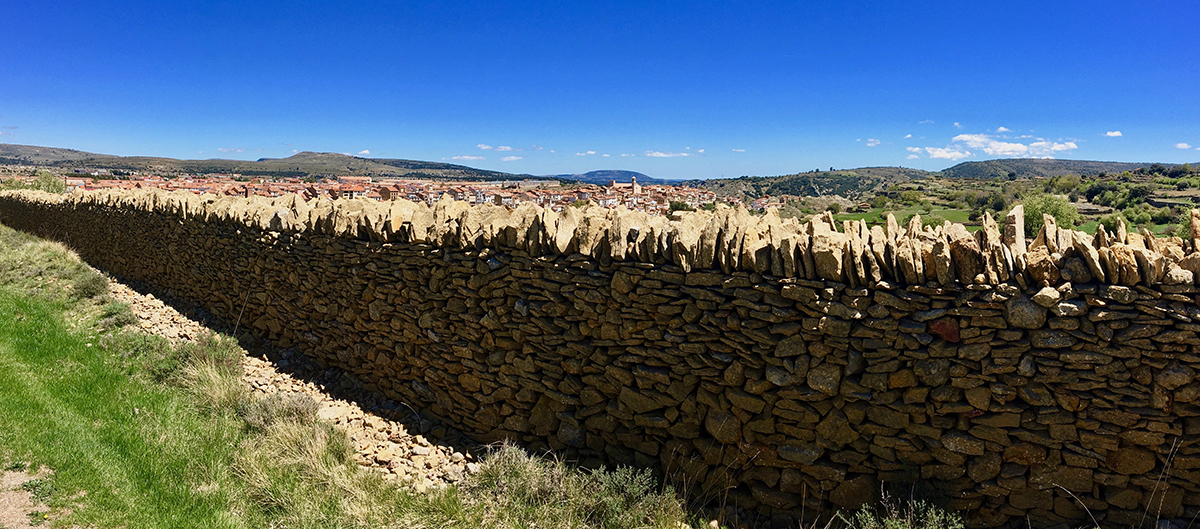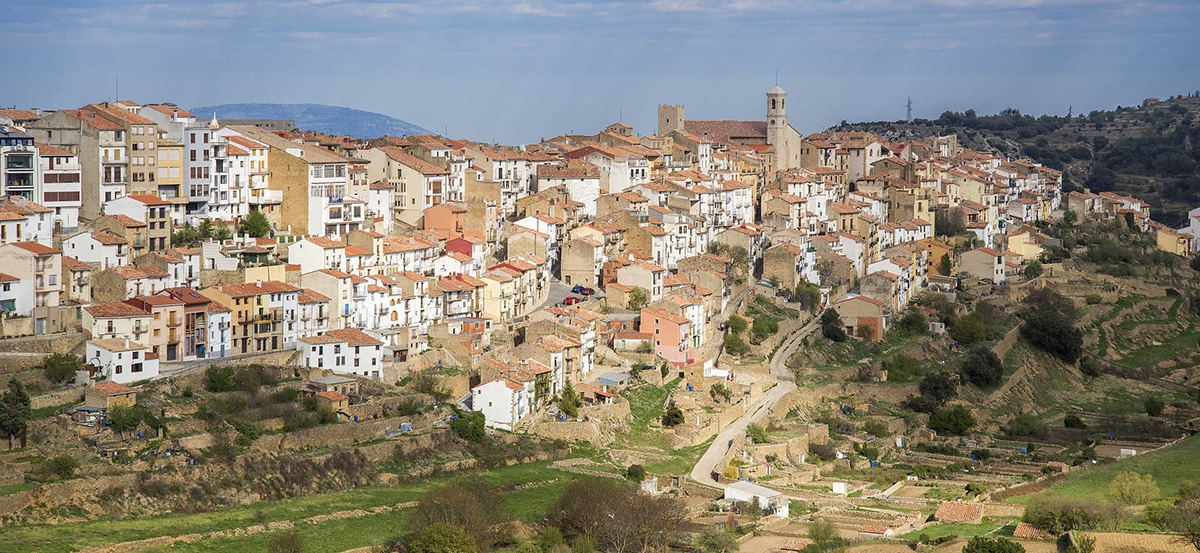
In the Valencian Community, 85 kilometers from the capital, we find the charming town of Villafranca del Cid.
Paying a visit we can go back in time and admire how the mastery of artisans has shaped an entire town. Today, then, we visit Villafranca del Cid.
Villafranca del Cid
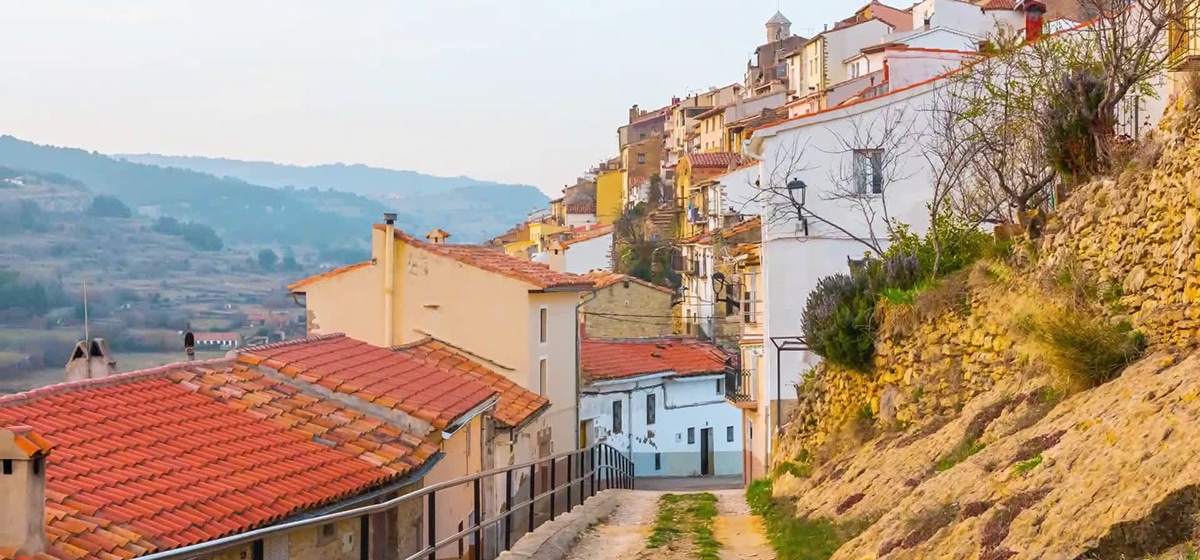
Within the Valencian Community, 85 kilometers from the capital and in turn belonging to the province of Castellón, we find Villafranca del Cid.
The people It is 1125 meters above sea level, surrounded by peaks of more than 1400 meters. From Castellón it is reached by road, taking the CV-10 and CV-15 respectively.
The town has a mild weather, but the winters are very cold and long. The climate has a Mediterranean influence, so in the coldest months the occasional rain turns into sleet or snow, depending on the altitude.

What is the history of Villafranca del Cid? Let's say they are lost in the mists of time, but some prehistoric traces show that the area has been inhabited for thousands of years. yes, officially It appears in 1239 by the hand of its founder Blasco de Alagón, son of Artal II de Alagón, Aragonese nobleman.
Towards the end of the XNUMXth century, the village, along with many others, achieved independence and its conversion to royal villa. Later he had his participation in the political history of the area.
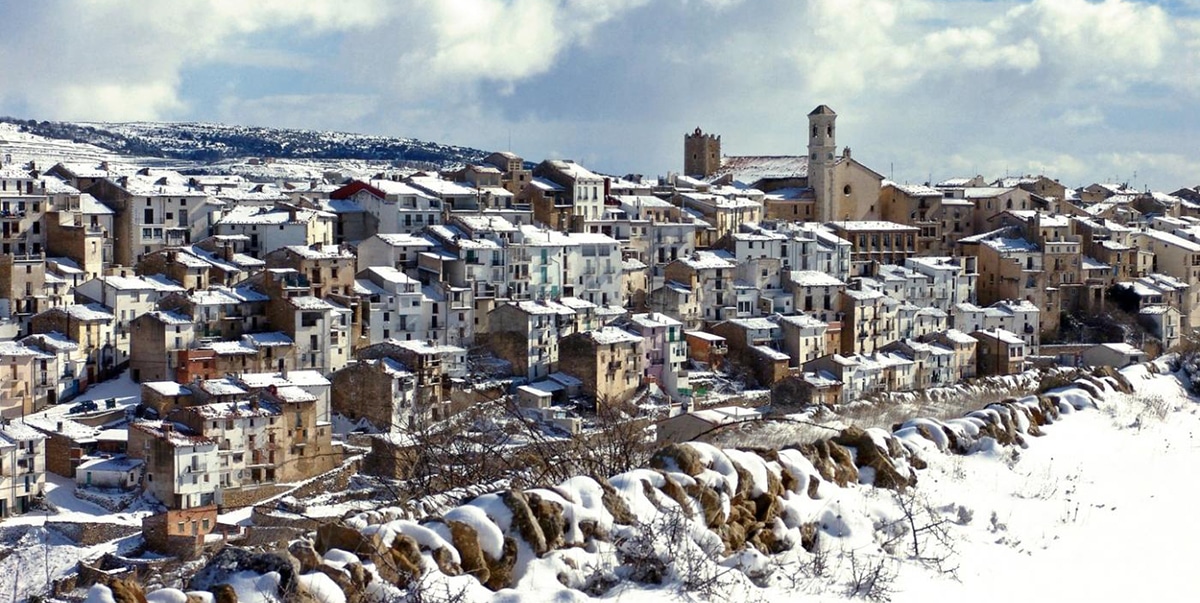
Today the local economy is centered on the textile, furniture and sawmill industries. It is not a great tourist destination, but its charms make it worth visiting, so let's see what to do and see in Villafranca del Cid.
Things to do in Villafranca del Cid
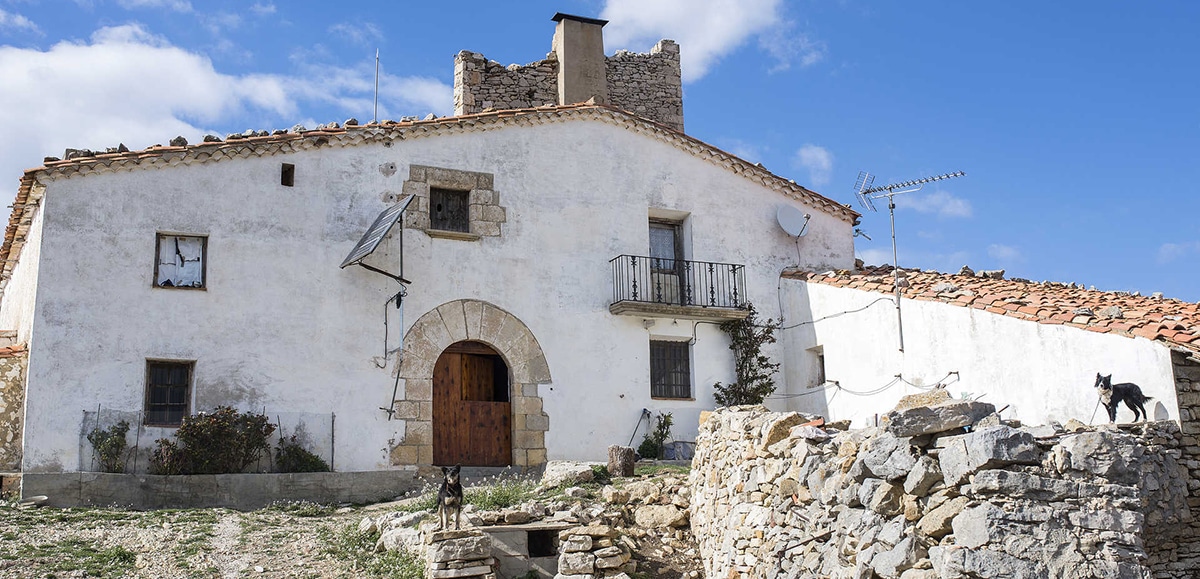
El old town of the town is very pretty and well cared for. Their manor houses They date from the XNUMXth to the XNUMXth centuries and are located between alleyways and narrow medieval passageways. The best thing is to get lost in the urban map and discover its treasures.
Let's start with the monuments that excel in crazy architecture. The Hermitage of San Miguel It is the oldest church in the town. It has a Romanesque-Gothic style and was built in the XNUMXth century.
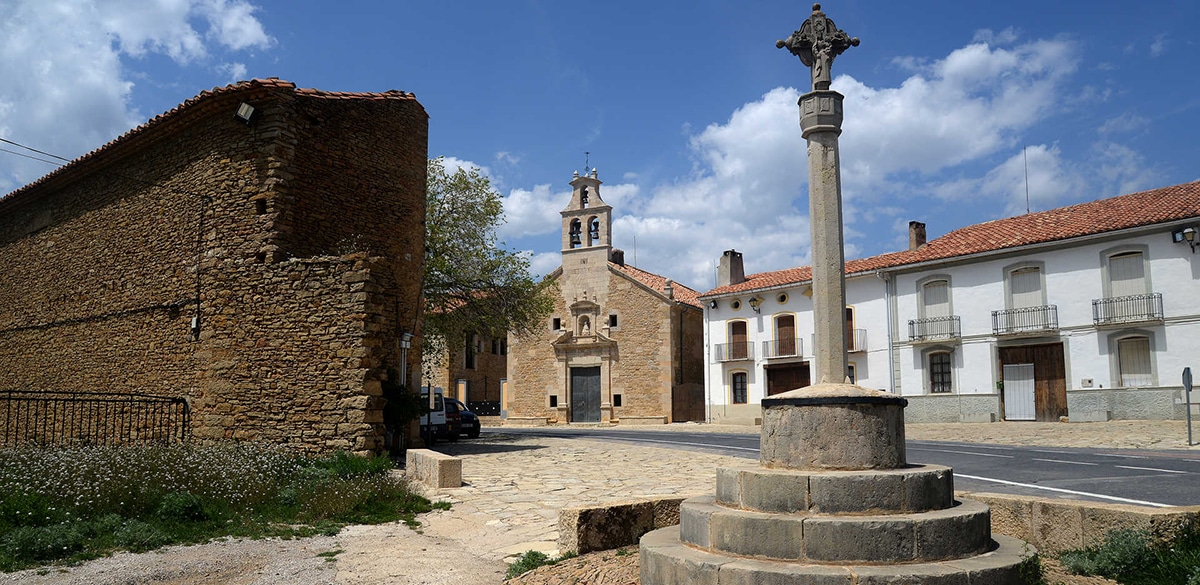
We can continue with the Hermitage of San Roque, San Roque is the local patron, a Baroque-style temple from the XNUMXth century; and the Hermitage of Calvario, Virgen del Llosar and Santa Bárbara, in addition to several peirones. Lastly, the Parish Church of Santa Magdalena, from the XNUMXth century and the Church of Santa Maria Magdalena, with a beautiful Gothic altarpiece.
Leaving aside the religious buildings, and in addition to the emblazoned stately homes, we must name the Old Hospital and the Fortified Farmhouses (More from Roigm Torre Don Blasco, Torre Barreda, Torre Leandra and many others).
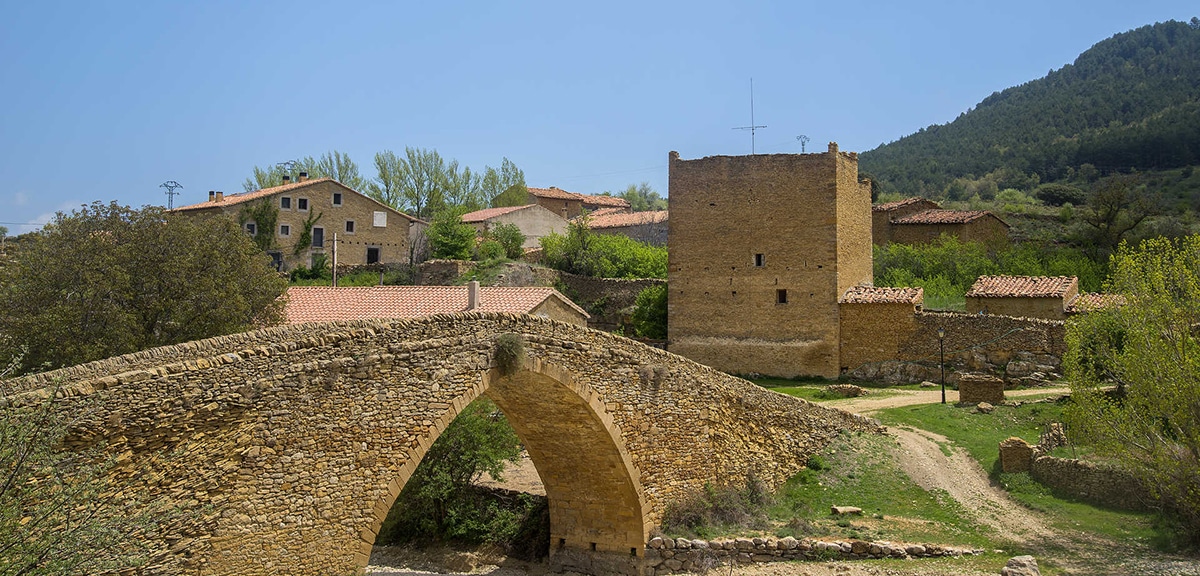
There is also the Puebla de Bellestar Bridge, on the Rambla de Sellumbres, a charming Gothic bridge from the XNUMXth century. It is in front of this bridge that the farmhouse of the same name is located, with a large tower, tall and thick, rectangular, with a roof and windows. Is he initial nucleus on which the town settled.
Of the next century is the Portal of San Roque, the only thing that remains of the walls that Pedro IV once built. To see something gothic we can contemplate the building of the City hall. Dates from the end of the XNUMXth century, early XV, and inside you can see the Altarpiece by Valentí Montoliu, from 1455, a Valencian masterpiece.
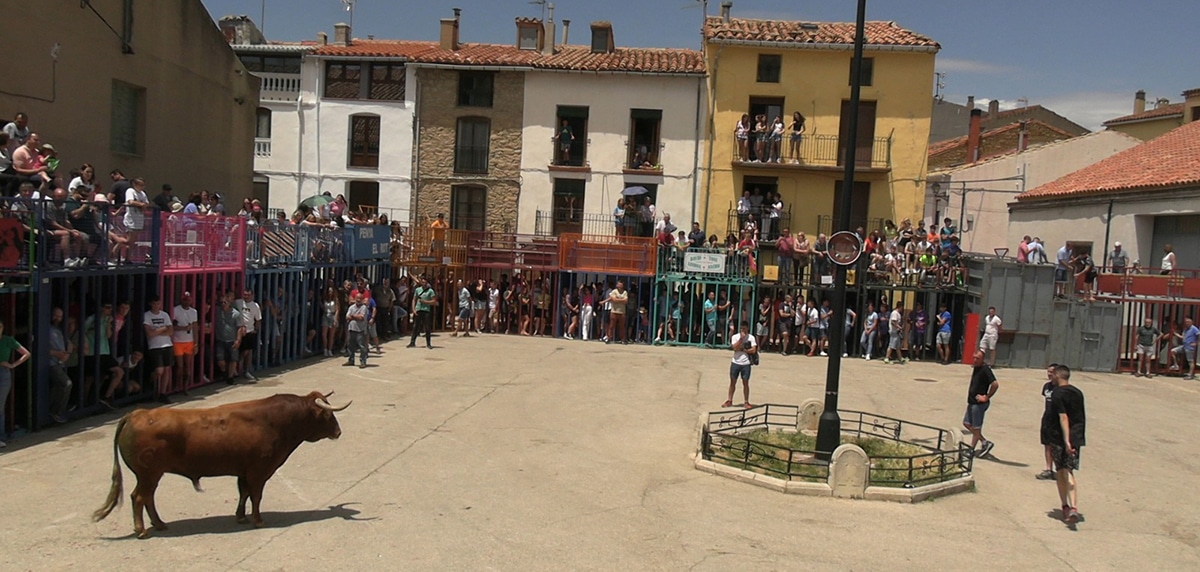
La Bullring It is much more modern, from 1933, and has a capacity for 4 spectators. He medieval oven It is from the end of the XNUMXth century. The story goes that King Pedro IV gave it to a doctor named Pedro Ros for what he did during the epidemic of the diabolical black plague. Today it is in the hands of a cooperative and can be visited.
Now, What can you do in the surroundings of Villafranca del Cid? You can visit the area La Fos ravine, the Regatxal spring and the Forcall Caves.
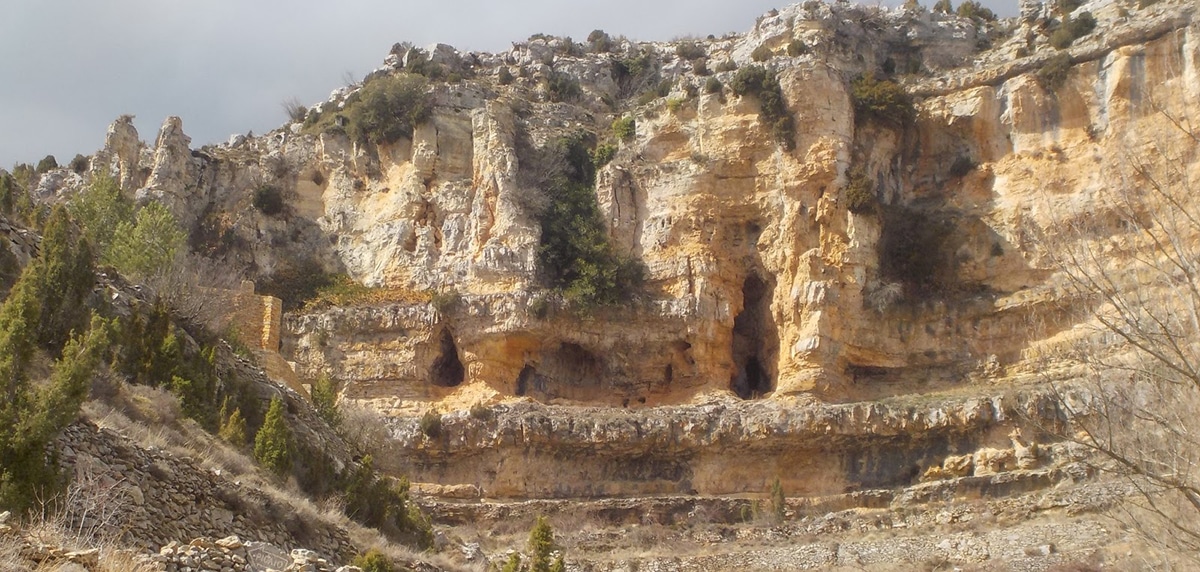
Recall that Villafranca del Cid is in the Castellón Maestrazgo so its natural environment is fabulous, rocky and with many trees, among them, albares, pines, holm oaks, yews and oaks.
Nature has been intervened by man, for centuries, so we see kilometers and kilometers of fences and fences that run through the area, agricultural huts and ranchers built with dry stone and super friendly to the environment.
These characteristics make these lands a ethnographic space of great interest for visitors. It is to admire the work done for centuries by men, with a technique that since 2018 is Intangible Heritage of Humanity.
You can learn more about this technique in the Dry Stone Museum which works in the old Gothic Longa, right next to the Town Hall building. Here you will learn about the technique, its construction tools and models, the types of booths and the transformation of the landscape through panels, models, projections and recreations.
After visiting this museum, you will undoubtedly feel like going for a walk in the surroundings of Villafranca del Cid, so it is advisable to visit it first, to find out before seeing.
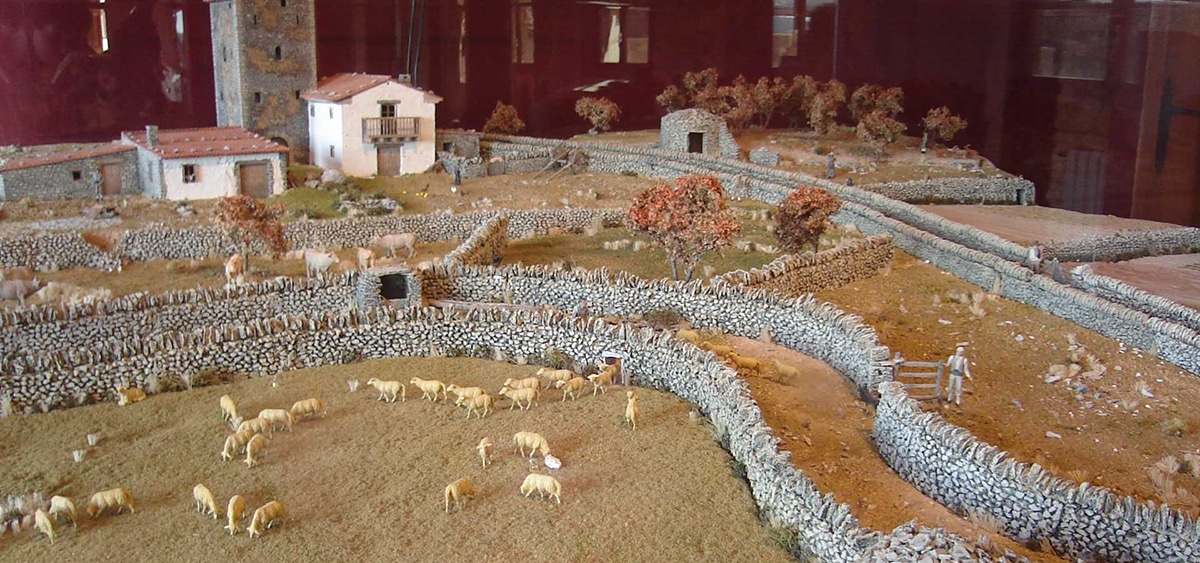
Depending on the time of year in which you make your visit, you will come across some entertaining local parties. For example, The patron saint festivities take place from August 15 and they last nine days with plays, concerts, bullfights and bullfights.
There is also the Festival of the Virgin of Llosar, lasting three days with bullfights and many dances in the streets, including a procession to the sanctuary of the Virgin. This procession is on September 8. The Corpus Christi procession It takes place the following Sunday after Corpus Thursday, with mass and procession.
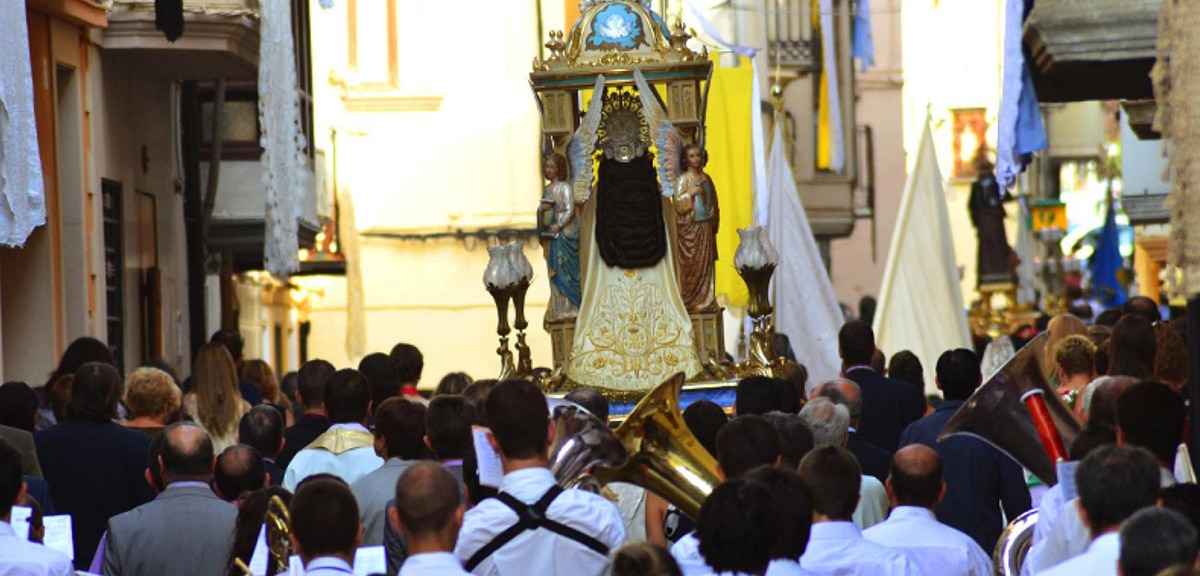
And finally, the feast of Saint Abbot, with many activities related to the life and work of the saint and a beautiful moment in which they go out into the mountains with logs and bars and make a great burn.
Finally, if the name of the town is Villafranca del Cid it is because it has something to do with Rodrigo Diaz de Vivar, it isn't true? And so it is The town is within the province of Castellón, the first of the three Valencian provinces that, always according to the famous poem, Rodrigo Díaz de Vivar crossed on his way to exile towards Valencia.

El Camino del Cid, between the road itself plus branches and various rings, travels a total of 300 kilometers through Castellón, crossing beautiful landscapes, both natural and historical. It is precisely in one of its thematic rings that the Cidian route enters the lands of the Maestrazgo.
The call Mastership Ring it enters the province of Castellón at the height of Villafranca del Cid. Just as an extra piece of information, from the border between Teruel and Castellón a second ring emerges, known as the Morella Ring.
